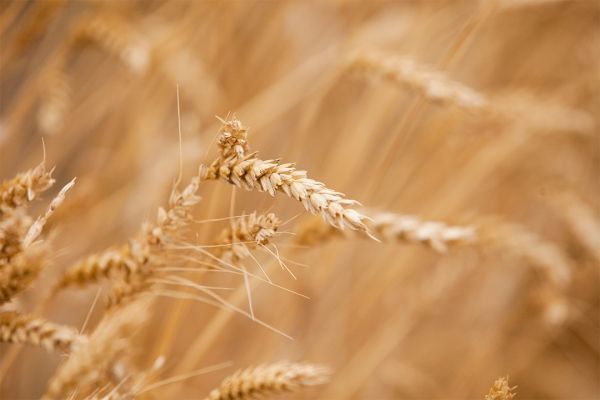A University of Saskatchewan (U of S)-led research team has played a key role in an international discovery that will have an impact on the food security of millions of people around the world—the sequencing of the billion-piece jigsaw puzzle that is the bread wheat genome.
Today the journal Science published the highest quality genome sequence produced to date for the bread wheat variety Chinese Spring. This was long considered an almost impossible task—the wheat genome is five times larger than the human genome and more complex—but also a critically important one in an era of climate change. Wheat is the world’s most widely cultivated crop, accounting for 20 per cent of all calories consumed throughout the world.
For the past 13 years, more than 200 scientists from 73 research institutions in 20 countries have been endeavouring, through the International Wheat Genome Sequencing Consortium (IWGSC), to complete the genome sequence for bread wheat and make publicly available the new genomic assembly for breeders seeking to develop improved varieties.
“With funding from a range of partners and cutting-edge sequencing technology from our industrial partner NRGene, our research team at the U of S played a key role in the international consortium’s success, a discovery that has the potential for disruptive innovation in wheat improvement,” said Curtis Pozniak, researcher and wheat breeder at the Crop Development Centre in the U of S College of Agriculture and Bioresources.
Continue reading at University of Saskatchewan.
Image via University of Saskatchewan.


